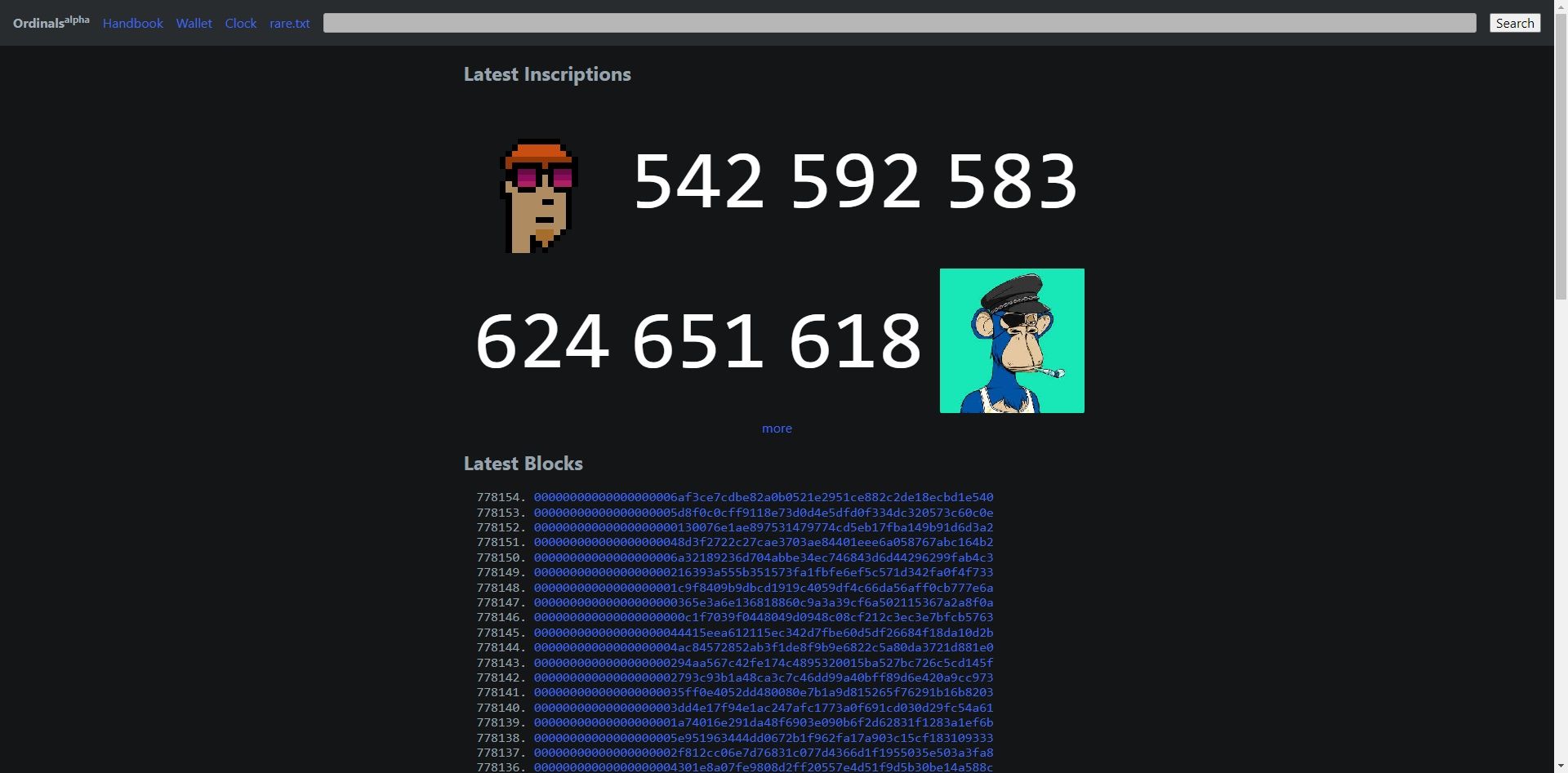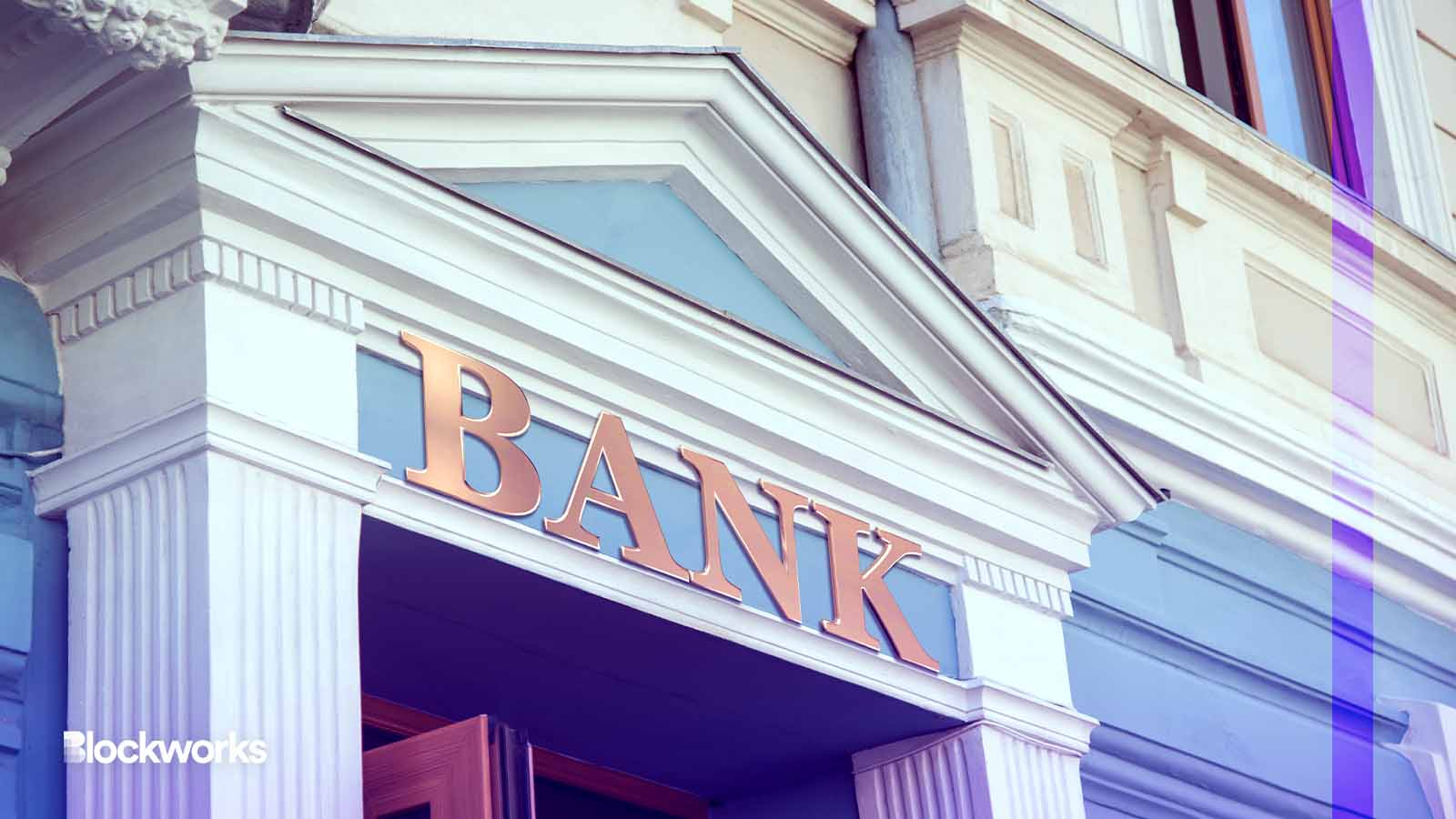NFTs have carved out a niche in the crypto and DeFi industries, with some selling for tens of millions of dollars. Ethereum is known for its diverse NFT market, but now Bitcoin has entered the NFT game with Bitcoin Ordinals.
So, what are Bitcoin Ordinals, how do they work, and are they the same as “standard” NFTs?
What are Bitcoin Ordinals?
Many people know Bitcoin as the world’s most popular cryptocurrency. But Bitcoin now has another interesting element: Ordinals.
Bitcoin Ordinals is a Layer 1 protocol that works with Satoshis and came about via the Bitcoin Taproot upgrade completed in November 2021 and effectively allows massive Bitcoin block sizes through executable scripts (but is usually limited to 4MB). On the Bitcoin blockchain, one BTC contains 100 million Satoshis (or Sats). But now these small Bitcoin fragments can carry additional data across the blockchain via the Ordinals protocol.
Using Ordinals, individual Satoshis can be transferred and tracked (rather than just whole Bitcoins) while being recorded according to when each was mined. Also, Bitcoin Ordinals allow the Bitcoin blockchain to support NFTs (which are traditionally found on the Ethereum blockchain, although several other blockchains support NFTs).
A maximum amount of data of 3.9 MB can be added to a given Satoshi transaction, and much of this data is currently used for digital art files. The introduction of Ordinals gives the Bitcoin blockchain a new lease on life, as creators can now serve a purpose on the network.
Bitcoin Ordinals use inscriptions to add extra data to transactions. Inscriptions are what point to the location of these Bitcoin NFTs, which is also a typical element of Ethereum-based NFTs. However, these share differences, which we will discuss later.
When a given file is written during a Bitcoin transaction, the transaction goes to the mempool (a standard practice), but is larger than a typical Bitcoin transaction because of the additional data. It is then up to the miner whether they want to create a standard block of regular BTC transactions or a block containing an Ordinal (along with smaller transactions to make up for the remaining space). Inscriptions are stored in the unique Bitcoin transaction signature.
What is important to note is that Bitcoin inscriptions can contain additional digital content in Satoshis, such as images and videos, similar to typical NFTs. Due to the location reference provided by inscriptions, Satoshis can become NFTs in their own right and be traded as such.
Bitcoin stacks
Although the focus here is Ordinals, it’s also worth mentioning Stacks. Bitcoin Stacks originates from another blockchain protocol that allows users to build smart contracts. This is similar to Ethereum, a blockchain that supports smart contracts to perform transactions more efficiently. However, Stacks are a Layer 2 solution, unlike Ordinals, which exist at Layer 1.
The main difference between Stacks and Ordinals is that the former uses smart contracts, and the latter does not. However, these two separate protocols can work together on the Bitcoin blockchain.
Does Litecoin support Ordinals?
While Ordinals have been available for Bitcoin since early 2023, they are also present on the Litecoin blockchain after a hard fork introduced them on February 20, 2023.
The hard fork gave Litecoin the ability to support NFTs. The whitepaper used for this fork is known as “MimbleWimble” and has been received positively and negatively by various users.
Bitcoin Ordinals received significant hype throughout February 2023, and many hope that this protocol will help BTC recover in value (2022 was a bad year for crypto, but there are reasons why 2023 could be better!). After all, when a coin’s utility increases, it can often have a positive impact on its price.
Bitcoin Taproot utilization skyrocketed between January and February 2023, peaking at 9.75% of all transactions on February 9. At the time of writing, Taproot utilization has slowed and currently stands at 4.58% of all transactions, which is still quite significant.
Bitcoin Ordinals vs NFTs: What’s the Difference?
While Bitcoin Ordinals and NFTs share similarities, they are not the same. Let’s explore the factors these two technologies do and don’t share to better understand how they work.
Two important similarities shared by Bitcoin Ordinals and NFTs are that they are both non-fungible and that they are both associated with digital art. However, ordinals only exist on the chain, never outside the chain, and are completely immutable, meaning they cannot be changed in any way. Ordinals can also be minted directly on the chain in the same way as typical BTC coins.
NFTs, on the other hand, are not always immutable and can also exist off-chain.
Additionally, Ordinals do not have separate metadata files. For example, a typical Ethereum-based NFT will have a separate metadata file that refers to the content itself (be it an image, video or audio file), contains a link to the content the NFT represents, and shows proof of ownership. On the other hand, Ordinals stores this file in the witness signature field of the Bitcoin Satoshi transaction, not separately.
This can prove to be beneficial as NFTs pose a risk of losing the file reference in case of failure. For example, if the storage platform used to hold the metadata file experiences an outage, the token itself cannot refer to it anymore, meaning it loses its description, proof of ownership, etc.
The Controversy Around Bitcoin Ordinals
While Bitcoin Ordinals can be useful, not everyone is on board with this element of Bitcoin. Indeed, some believe that adding an NFT element to the blockchain goes against what Bitcoin’s pseudonymous creator Satoshi Nakamoto intended when the asset was launched in 2009. More specifically, Bitcoin Core developers are against Ordinals, believing that it is not a good application for Bitcoin.
Taproots Wizards founder Udi Wertheimer spoke to Coin Telegraph about Ordinals, stating that Bitcoin core developers have been “ignoring what actual Bitcoin users want” for some time. Wertheimer also noted that “because the block space is scarce and because there is a demand for things like inscriptions, there is a lot of hope that we will get enough people who will pay fees to keep the Bitcoin network secure.”
Wertheimer’s view that larger blocks can help reduce network congestion is also interesting, as latency is a major issue on the Bitcoin blockchain.
Wertheimer faced backlash in early February 2023 after posting on Twitter that he had mined the largest Bitcoin block in history.
This block consisted of a 4MB Ordinal, which exceeds the average 1MB-2MB Bitcoin block size for regular transactions. Wertheimer has continued to support Ordinals, despite some disagreeing with his views.
But many other individuals see Ordinals as a good thing for Bitcoin and other proof of work networks, such as Litecoin. The proof-of-work consensus mechanism has often placed limitations on the utility of a blockchain and its assets, so the rise of Ordinals can address such limitations and give these networks a new lease of life. With utility in the digital art space, Bitcoin could become even more popular, especially among collectors and creators.
Bitcoin Ordinals have incredible potential
While not everyone is on board with Bitcoin Ordinals, there is no doubt that this upgrade has given the blockchain an increased level of utility and can play a major role in reducing network congestion. Of course, time will tell if Ordinals become an important part of the Bitcoin blockchain, but the possibilities are certainly promising.



























